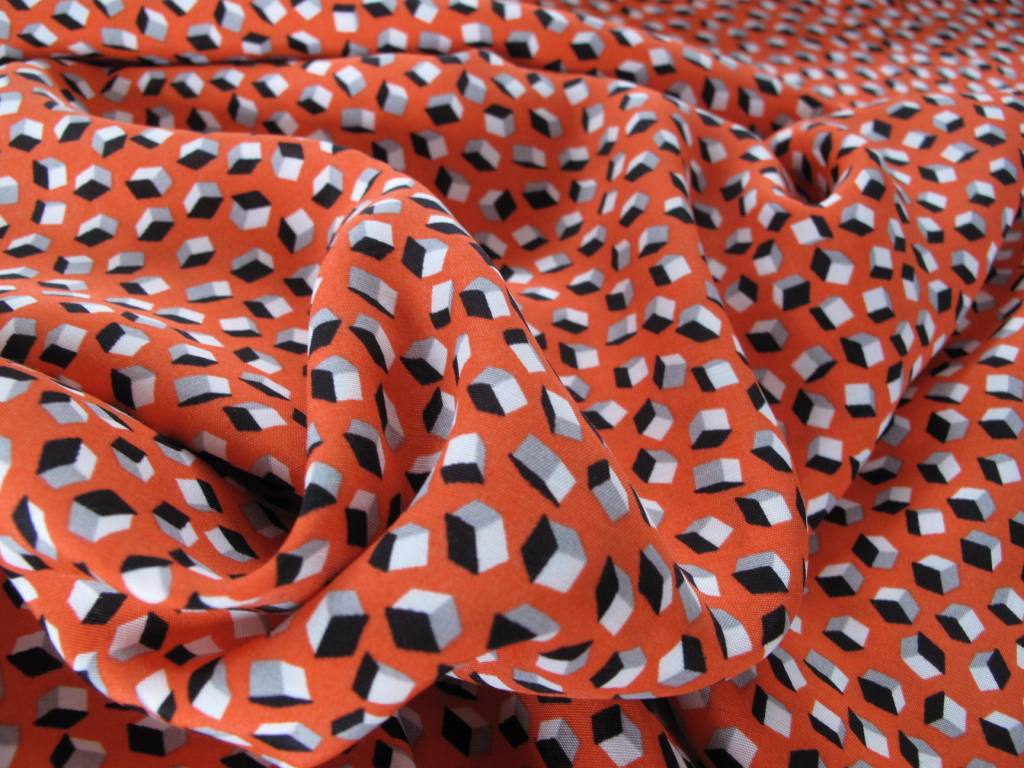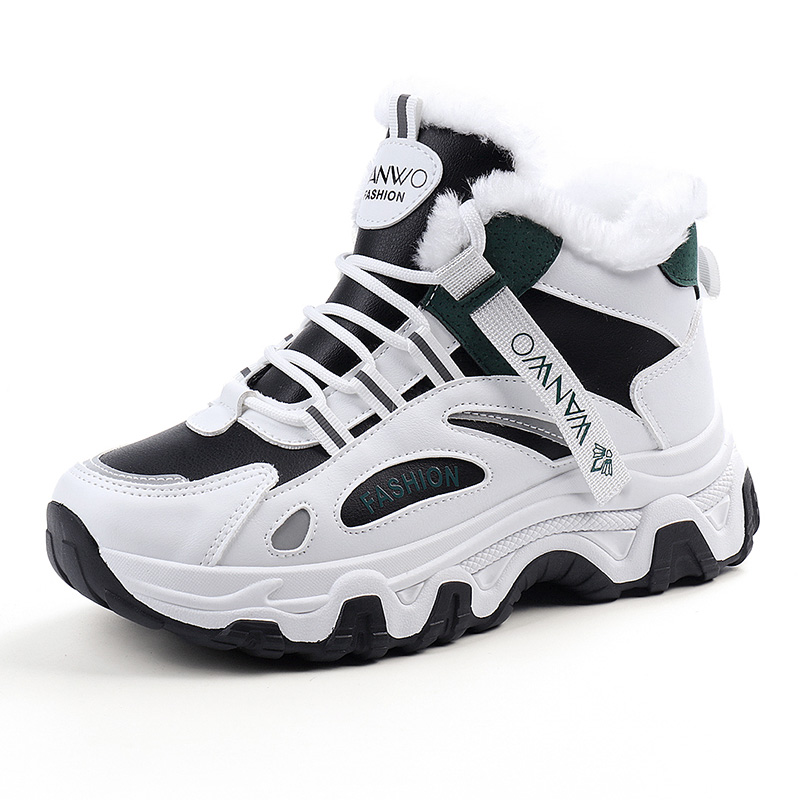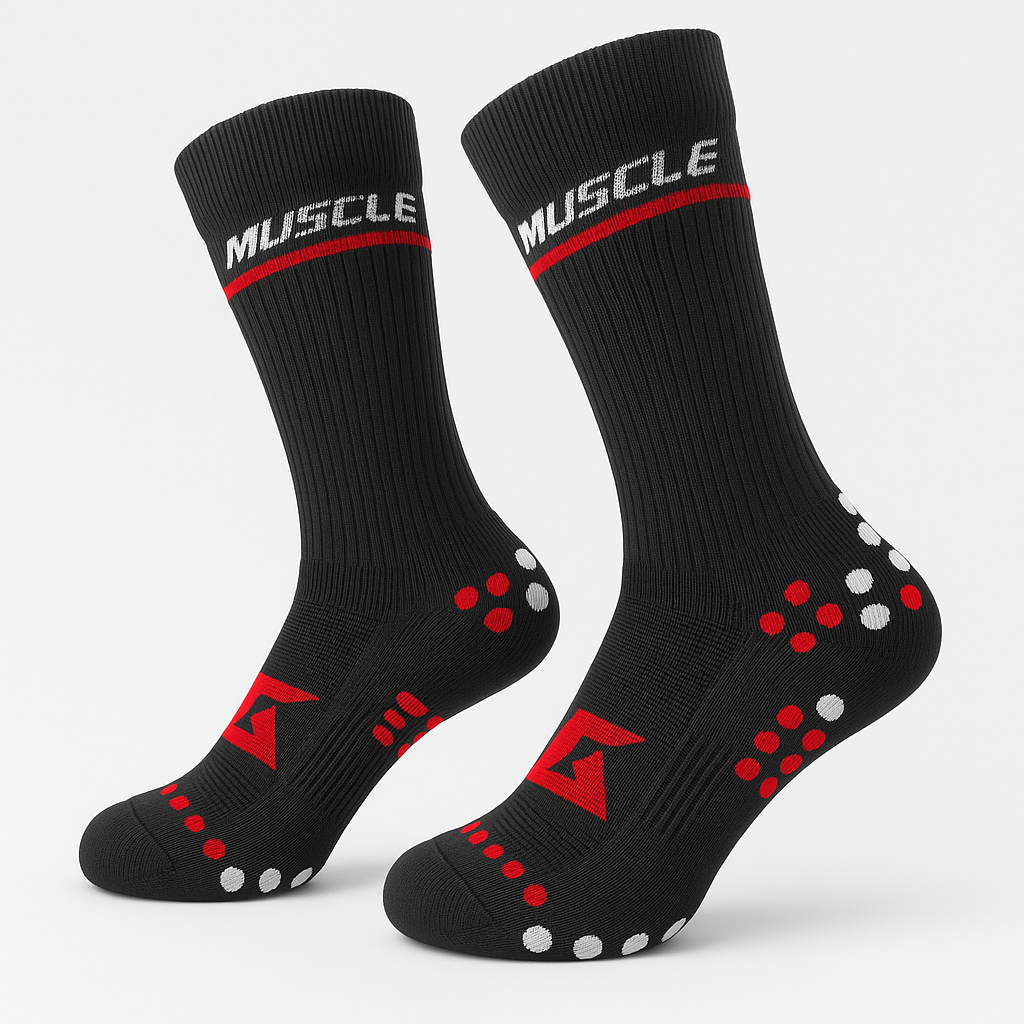Unveiling the Secrets: How to Determine if Fabric is 100% Wool

When it comes to purchasing wool products, ensuring the authenticity of the fabric is crucial. With various blends and synthetic alternatives flooding the market, it can be challenging to differentiate between genuine 100% wool and other materials. In this comprehensive guide, we will delve into the intricate details of how you can accurately determine if a fabric is truly 100% wool.
- Visual Inspection:
The first step in identifying 100% wool fabric is through a visual inspection. Genuine wool typically has a natural sheen and luster that synthetic fibers struggle to replicate. Look for irregularities in the texture, as wool fibers are often slightly uneven in thickness, unlike the uniformity of synthetic fibers. Additionally, inspect the fabric for any synthetic blends or visible polyester strands that may indicate a non-pure wool composition. - Touch and Feel:
The tactile experience of touching wool fabric can provide valuable insights into its authenticity. Pure wool is known for its softness, warmth, and natural elasticity. When you run your fingers through the fabric, genuine wool will feel slightly coarse yet luxurious, with a characteristic warmth that synthetic fibers lack. Pay attention to the fabric's temperature retention properties, as wool is an excellent insulator and should feel warm to the touch. - Burn Test:
A reliable method to determine if a fabric is 100% wool is through a burn test. Cut a small snippet of the fabric and carefully ignite it with a flame. Pure wool will burn slowly with a distinct smell of burning hair, forming a crumbly ash residue. Synthetic fibers, on the other hand, tend to melt and produce a chemical odor when burned. It is important to conduct this test in a well-ventilated area and exercise caution when handling fire. - Label and Certification:
Always check the label or tag attached to the fabric for information regarding its composition. Manufacturers of genuine wool products often provide certification or labeling that confirms the fabric's authenticity. Look for terms such as "100% Wool," "Pure New Wool," or specific wool types like Merino, Cashmere, or Alpaca. Be wary of vague or misleading labels that may indicate a blend or imitation. - Consult a Professional:
If you are still uncertain about the authenticity of the fabric, consider seeking the expertise of a professional textile specialist or tailor. These professionals have the knowledge and experience to accurately identify different types of fabrics, including wool, based on their unique characteristics and properties. Consulting a specialist can provide you with peace of mind and assurance when making your purchase.
Conclusion:
In conclusion, determining if fabric is 100% wool requires a combination of visual inspection, tactile assessment, burn testing, label verification, and expert consultation. By following these detailed guidelines and techniques, you can confidently differentiate between genuine wool and synthetic imitations. Remember, investing in high-quality wool products not only ensures superior comfort and durability but also supports sustainable and ethical practices in the textile industry.



